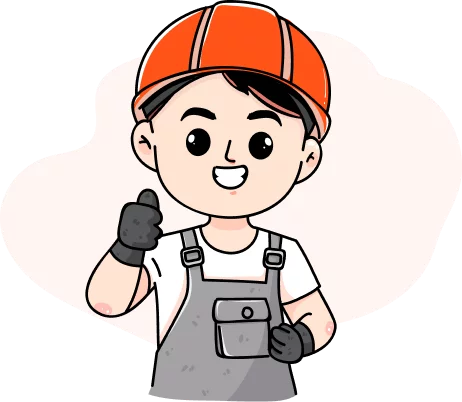Picture this: a farmer stands in a field, holding powdered fertilizer ready for application, when a gentle breeze sweeps through—carrying away nearly half of the fertilizer, wasting resources and potentially causing environmental pollution. This illustrates the challenges of traditional powdered fertilizers and explains why more agricultural producers are switching to granular alternatives.
Fertilizer granulation technology uses specialized equipment to transform fine powder into uniform pellets. While the process seems straightforward, it brings revolutionary changes. Granular fertilizers not only solve the drift problem but, more importantly, enable controlled nutrient release.

Modern granulation production lines typically include many fertilizer machine, such as vertical disc mixer ,rotary drum granulator, drum fertilizer dryer, and cooling-screening systems and so on. The rotary drum granulator serves as the heart of the process, using rotation, compression, or spraying techniques to convert powdered raw materials into evenly-sized pellets. These fertilizer equipment work in harmony to ensure final product quality and consistency.
Why are granular fertilizers preferred? First, they significantly improve application efficiency. Granules flow better, making them ideal for mechanical spreading—even basic fertilizer spreaders can achieve precise distribution. Second, the granular form allows for better control of nutrient release in soil, providing crops with sustained, balanced nutrition throughout their growth cycle.
Economically speaking, while granulation increases production costs, the overall benefits are substantial. Research shows granular fertilizers achieve 20-30% higher utilization rates than powdered versions, meaning better results with less product. Meanwhile, mechanical application saves considerable labor costs, particularly beneficial for large-scale farming operations.
Environmental advantages are equally noteworthy. Granular fertilizers reduce nutrient loss and soil contamination, contributing to sustainable agriculture. Their performance is especially remarkable in areas prone to water and soil erosion.
As smart agriculture advances, granulation technology continues to evolve. Some advanced granulation equipment can now produce “smart fertilizers” with specific release characteristics tailored to crop needs and soil conditions. This precision fertilization model represents the future of farming.
The transition from powder to pellets isn’t merely a change in fertilizer form—it’s an upgrade in agricultural production methods. In this transformation, fertilizer granulation equipment plays a crucial role, acting like magicians that turn ordinary dust into modern agriculture’s “treasure.”





